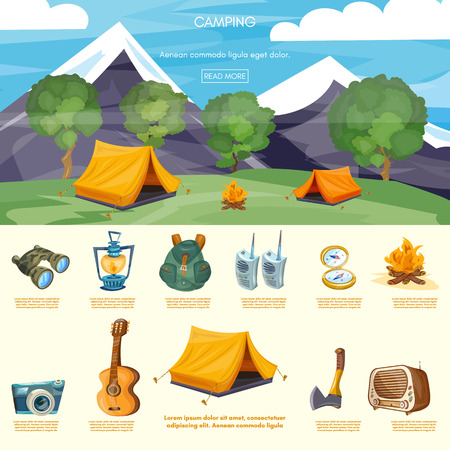Turn Non Buyers Into Buyers Online When Selling Camping Tents
Turn Non Buyers Into Buyers Online When Selling Camping Tents
Blog Article
Just How Essential Are Camping Tent Footprints/Ground Cover?
Camping tent footprints are a terrific method to safeguard your tent floor from abrasions and expand its useful life. Mostly all equipment producers provide their own brand-specific impacts that are made to match their certain camping tent designs.
How do you treat Mould on canvas?
This customized approach uses ease of configuration and decreases the danger of rain seeping in through the seams.
What are they?
Outdoor tents footprints (additionally known as camping tent ground sheets or under outdoor tents pads) offer a layer of defense in between the base of your camping tent and the exterior environment. They safeguard your outdoor tents from sharp objects, wetness, and unpleasant surfaces.
A lot of outdoor tents manufacturers use their very own branded footprints made to fit seamlessly with their assigned sanctuary versions. However, these are normally pricey and relatively heavy contrasted to do it yourself options like Polycryo or Tyvek.
Footprints are normally made from sturdy, waterproof materials such as polyurethane, nylon or silnylon. For ultralight backpackers looking for to decrease pack weight, there are also lightweight, high-strength choices made from Cuben Fiber (Dyneema). It is necessary to choose a footprint that's somewhat smaller sized than your outdoor tents to stop rainwater from dripping down the sides of your shelter and funneling beneath you while you rest-- no person wants to wake up in a puddle! A footprint is a beneficial enhancement to any kind of outdoor camping trip. It helps guarantee a long life expectancy for your outdoor tents while including convenience and satisfaction.
How important are they?
Camping tent footprints safeguard the base of your camping tent from abrasion and wetness, aiding to expand its life-span. They're generally constructed from waterproof and dirt-resistant materials like polyethylene or a lightweight oxford polyester, though the denier of the fabric will vary (the higher the denier number, the thicker and burlier).
Most footprints are made to exactly match the shape of your tent's floor, which helps minimize material waste. Many have grommets or loops through which you can weave guylines for tension and risks, ensuring that the impact is firmly held back.
If you camp in harsh surface or locations where there's a great deal of downed branches and sharp rocks, a camping tent footprint is well worth the added weight and bulk. But if you frequently camp in dry, sandy or rough problems, an impact might be overkill. A tarp is a much better option in that case.
Do you typically load one?
If you're camping on a really level surface area where rocks and sticks aren't a problem, a tent footprint probably isn't essential. If you remain in the backcountry with a great deal of rough terrain, a footprint can make life a lot easier.
Impacts are normally sized somewhat smaller than the base of the tent. That's due to the fact that a bigger impact would catch rainfall and channel it under the camping tent, where you might wake up in a pool.
Nonetheless, impacts can be expensive and heavy if you acquire one from the maker of your camping tent (the Big Agnes Tiger Wall UL 2 impact, as an example, costs $70 and weighs six ounces). You can conserve money and weight by making your own do it yourself impact by cutting an item of Tyvek or various other water resistant fabric to the specific measurements of your shelter. You can even include grommets for simple attachment. The major advantage of a footprint is that it aids to secure the floor of your backpacking outdoor tents from unpleasant aspects such as rocks and twigs.
Just how do you keep them clean?
A supplier's footprint can add substantial weight to your shelter system and if you're an ultralight backpacker attempting to conserve every ounce, it might not deserve it. Therefore, many backpackers will certainly utilize a DIY groundsheet that's constructed out of something like Tyvek or Polycryo and cut it to dimension for their camping tent impact.
This choice is relatively economical and will protect your camping tent from moisture, rocks, thorns, sticks, and so on, while likewise aiding to keep all-time low of your camping tent dry.
If you do make a decision to purchase an impact, be sure it's made particularly for your details camping tent as this will certainly help reduce water merging around tent you can live in the edges of your sanctuary. For instance, if your outdoor tents footprint is also big and expands past the edge of your rainfly, it will certainly collect rains which can seep right into lighter-weight tents and possibly wear down the flooring. See to it it fits your camping tent relatively comfortably to avoid this.
How can I keep my tent warm without electricity?
